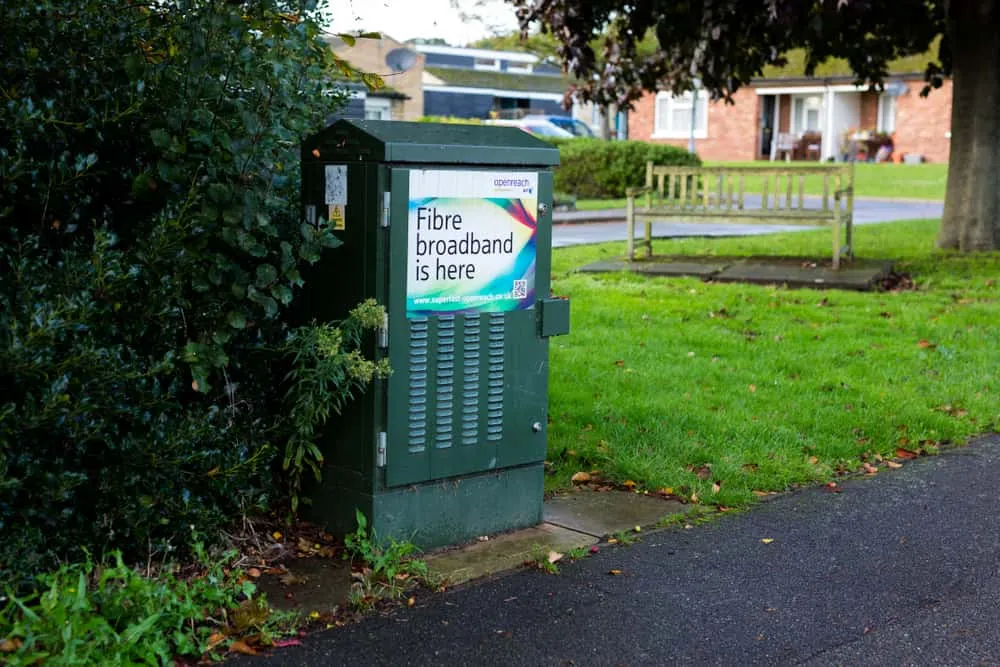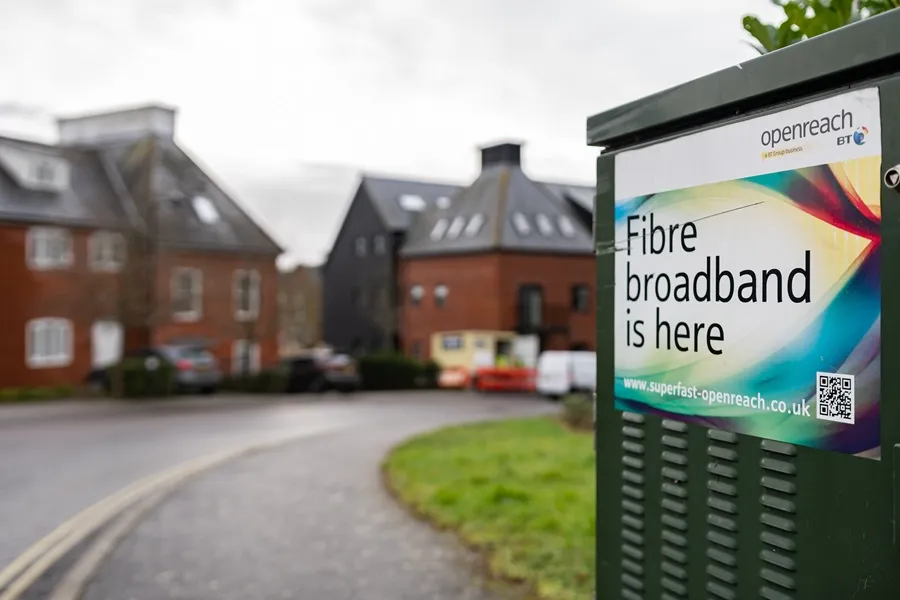As the world moves towards a greener future, electric vehicles (EVs) are becoming increasingly popular. However, one of the biggest challenges for EV owners is finding a place to charge their vehicles. To address this issue, BT has announced plans to convert their old green street cabinets into EV charge points. This innovative solution will not only benefit EV owners, but also help to reduce carbon emissions and promote sustainability.
The metal cabinets found on streets right across the UK are traditionally used to store broadband and phone cabling, but many are coming towards the end of their lifespans.
BT hopes up to 60,000 could be converted, which would help tackle a shortfall in electric car chargers and support the government’s sustainability targets.
The repurposing of the existing street furniture is also expected to help address the lack of chargers currently on UK roads, with this number standing at just 53,000 at present. Figures from ZapMap show nearly a third of all UK charging point are currently in London. The UK Government’s goal is to increase the number of charging points to 300,000 by 2030.
The first conversion under the pilot scheme will take place within weeks in East Lothian, Scotland, before being expanded to more locations.
The scheme is being run by the startup Etc, the digital incubation arm of the BT Group, and has been unveiled before the CES technology convention in Las Vegas.

For many, one of the biggest obstacles to buying an EV is still a lack of access to charging. According to a recent survey by BT Group, 60% of respondents believe that the UK’s EV charging infrastructure is insufficient, and 78% of drivers of petrol and diesel vehicles said that not being able to readily charge an EV is a barrier to purchasing one. Furthermore, 38% of respondents said that if charging were not such a hassle, they would already own an EV.
According to BT, engineers will be able to retrofit the cabinets with a device that enables renewable energy to be shared to a charge point alongside the existing broadband service with no need to create a new connection, because they are already connected to a power source.
EV charging can be deployed to the street cabinets that are in use for current copper broadband services or those due for retirement, depending on the space and power available to the unit. They also have a battery backup so existing broadband services should not be be disrupted during installation.
Currently, the boxes contain old technology which will soon be defunct because of the nationwide rollout of full fibre broadband connections. The green lockers that are set to be decommissioned will have one charge point per cabinet, which provides two charging sockets.
BT notes that once equipment is no longer needed for broadband and the equipment is recycled, additional EV charge points can be added.
“Our new charging solution is a huge step in bringing EV charging curbside and exploring how we can address key barriers customers are currently facing,” said Tom Guy, managing director, Etc. at BT Group.
“Working closely with local councils in Scotland and more widely across the UK, we are at a critical stage of our journey in tackling a very real customer problem that sits at the heart of our wider purpose to connect for good.”
“This is a key step in our mission to build products and services right now that work for the future, with positive transformation at the heart.”







